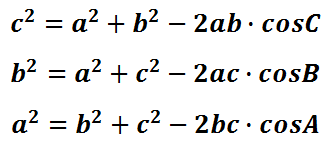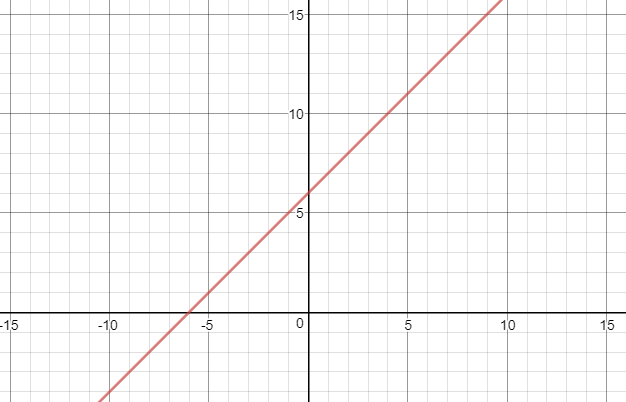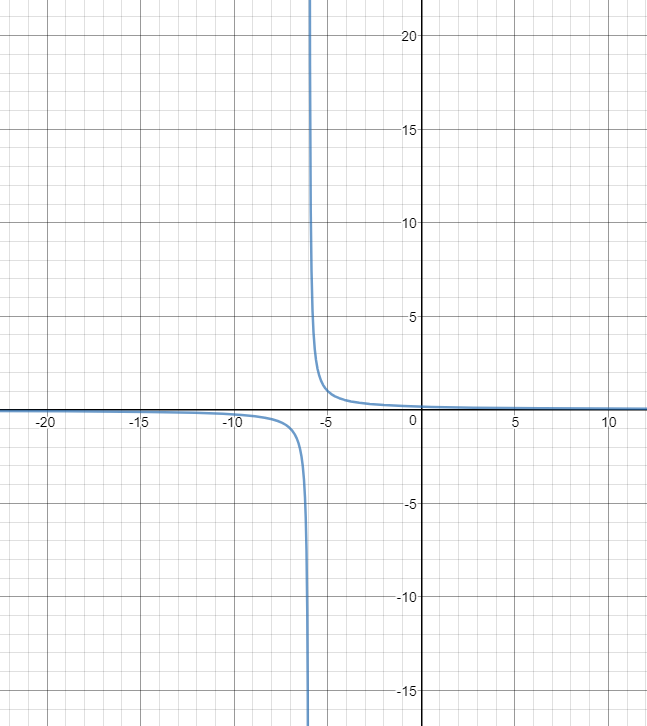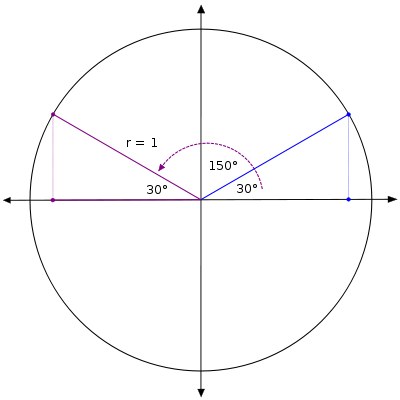Academic knowledge:
– Analyzing Quadratic Functions:
- Forms of the quadratic equations
What I have learned:
Multiple forms of the Quadratic functions, such as Standard form, Vertex form…
with each form, one can find different information about the equation and its graph. Such as in vertex form you can find the vertex… with the Standard form you can find the roots, then the axis of symmetry then the vertex with this information.
Why is it important:
This is once again the setting stone for higher math and knowing the different form of the Quadratic Functions are very important.
– Trigonometry
- Sine/Cosine Law
What I have learned:
- Sine and Cosine Law are two additional ways that I have learned this year to determine an angle or a side.
- Sine law Sin A/a=Sin B/b= Sin C/c
- Cosine Law:

Why it is important:
Trig will be a very important part of pre-cal 12 and this will be the foundation of that.
– Reciprocal Functions:
- Graph Reciprocal Functions:
What I have learned:
- A reciprocal of a number is the opposite of the number.
- Graphing Reciprocal Function is how one graph Reciprocal Functions.
- If you known fraction then you should know if 1/x and x<1, the number will become greater, and vice versa if x>1, the number will become smaller. In graphing, this will result in some very interesting observations.

In the above graph that is a linear equation x+6=y
And when we get the reciprocal 1/(x+6)=y of the equation the graph looks like this:

- To draw this you find the roots of the equation or root in this case, to determine the vertical asymptote, the horizontal asymptote will be 0 until pre-cal 12. The asymptote is a barrel and it keeps the function to one side of it.
- And then you determine the invariant points, Because when 1and -1 inverse their yield doesn’t change, so when y=1,-1 those x coordinates are called invariant points.
- At last, we can basically draw the function just follow close to the asymptote in the zone where the original function has been and cross over the invariant points.
Why it’s important:
- Graphing will be a huge part of pre-cal 12 and I believe that reciprocal functions will be important then as well.
Learning Habits:
– Learning Habits:
- Build an extensive note-taking system.
What I have learned and will do next year:
- This year, I had a very pool system of taking notes. I wrote all my notes in the textbook, wherever there is an empty space… And with an extremely faint pencil that rubs away in a week… And eventually consequently resulted in my not ideal test grades as when I try to go back and find my notes, there isn’t anything there to be found and review…
- This summer I am getting private tutoring on Pre-cal and Cal and Chem in China, I will start using my extensive note taking system then… I will use a Rhodia notebook for each subject, and reserve space for planning my learning, working ahead, chapter notes and review. And I will write with a Fountain pen…
Why it’s important:
- Grade 12 is an extremely important year, no more messing around if I want my feature… And with the area that I’m interested in Math is extremely important… In order to keep my GPA goodish, I need to make sure I get good marks on my math in Grade 12 and note taking will help me with that along with studying ahead.
– Learning Habits Volume 2:
- Better utilization of test time.
What I have learned and will do next year:
- This year, I did not finish many tests… What a shame, as I got all the questions I did finish right but couldn’t finish the test and let those A slipped away… I must change that in Grade 12 and I think I know how… I couldn’t finish the test is due to my over excessive examination of the questions, crazy imagination and OCD like answer checking while doing the test… I will force myself to only focus on the test questions and do all those crazy checkings after the test is finished…
Why it’s important:
- Grade 12 is an extremely important year, I need my grades… Not that much messing around is allowed in Grade 12…



